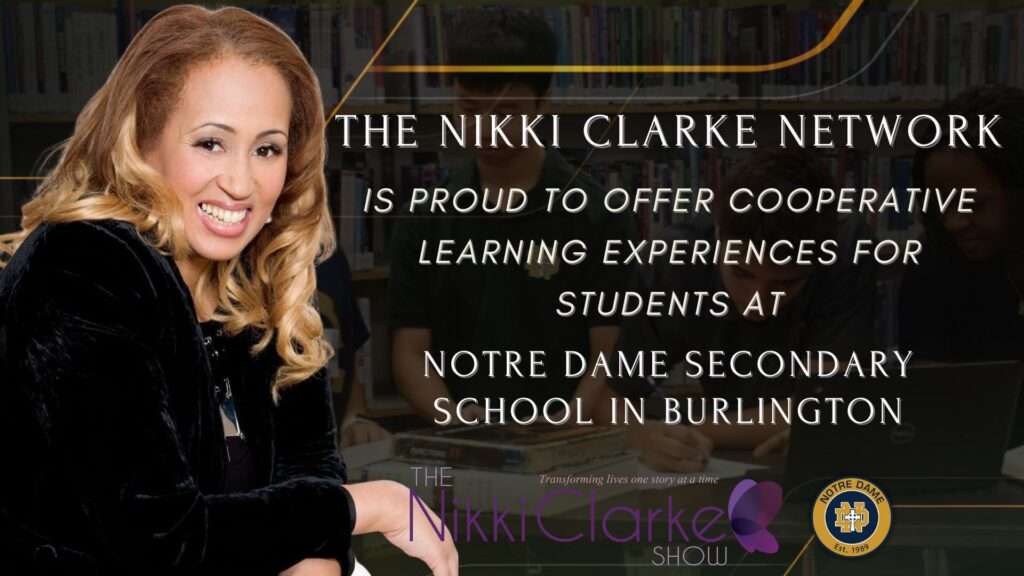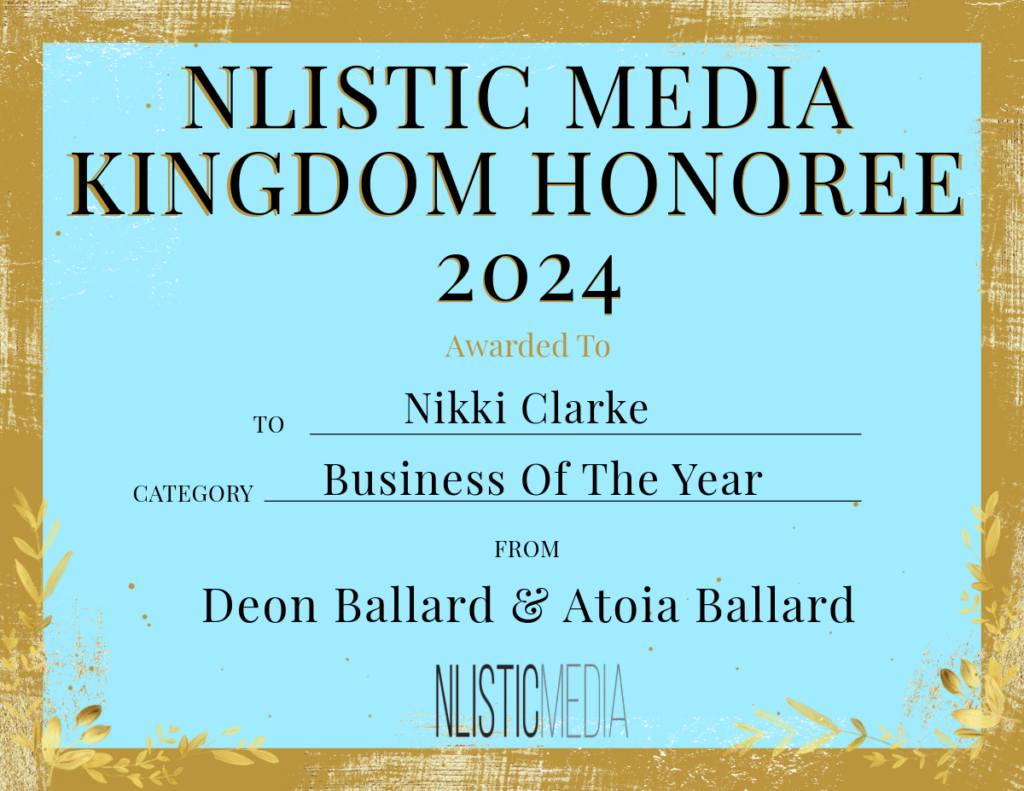
Conflict is an inevitable aspect of human interaction, arising from differences in perspectives, values, and goals. The way individuals approach and handle conflicts varies, giving rise to distinct conflict resolution styles. Understanding these styles can empower individuals and teams to navigate conflicts constructively. In this article, we’ll explore some common conflict resolution styles and their implications.
1. **Collaborative (Problem-Solving) Style:**
– Focus: Finding mutually beneficial solutions.
– Approach: Emphasizes open communication and cooperation.
– Implication: Fosters creativity and strengthens relationships, but may require time and effort.
2. **Competitive (Win-Lose) Style:**
– Focus: Achieving personal goals at the expense of others.
– Approach: Prioritizes assertiveness over cooperation.
– Implication: Quick decisions, but may strain relationships and hinder long-term collaboration.
3. **Compromising Style:**
– Focus: Reaching a middle ground through concessions.
– Approach: Involves give-and-take to find a moderate solution.
– Implication: Maintains relationships, but may result in incomplete satisfaction for all parties.
4. **Accommodating Style:**
– Focus: Yielding to others’ needs and concerns.
– Approach: Prioritizes relationships over personal goals.
– Implication: Fosters goodwill, but may lead to unmet personal needs.
5. **Avoiding Style:**
– Focus: Postponing or avoiding conflicts altogether.
– Approach: Sidesteps confrontation and emotional discomfort.
– Implication: Temporarily reduces tension, but may allow issues to fester and resurface.
Choosing the Right Style:
Each conflict resolution style has its place, depending on the nature of the conflict and the relationships involved. Effective conflict resolution often involves a flexible approach, adapting the style to suit the specific situation. For instance:
– **Workplace Conflicts:**
– Collaborative style can enhance team dynamics.
– Compromising may be practical when time is a critical factor.
– **Interpersonal Disagreements:**
– Accommodating style can preserve relationships.
– Competitive style might be necessary for decision-making in certain situations.
Tips for Successful Conflict Resolution:
1. **Active Listening:**
– Understand the concerns of all parties involved.
2. **Empathy:**
– Acknowledge and validate others’ perspectives.
3. **Effective Communication:**
– Clearly express your needs and concerns.
4. **Win-Win Solutions:**
– Aim for resolutions that benefit all parties when possible.
Conclusion:
Conflict resolution is an essential skill in personal and professional spheres. By recognizing and adapting conflict resolution styles, individuals can foster healthier relationships, promote collaboration, and navigate differences with grace. Embracing a variety of styles allows for versatility in addressing diverse conflicts, contributing to a more harmonious and productive environment.













